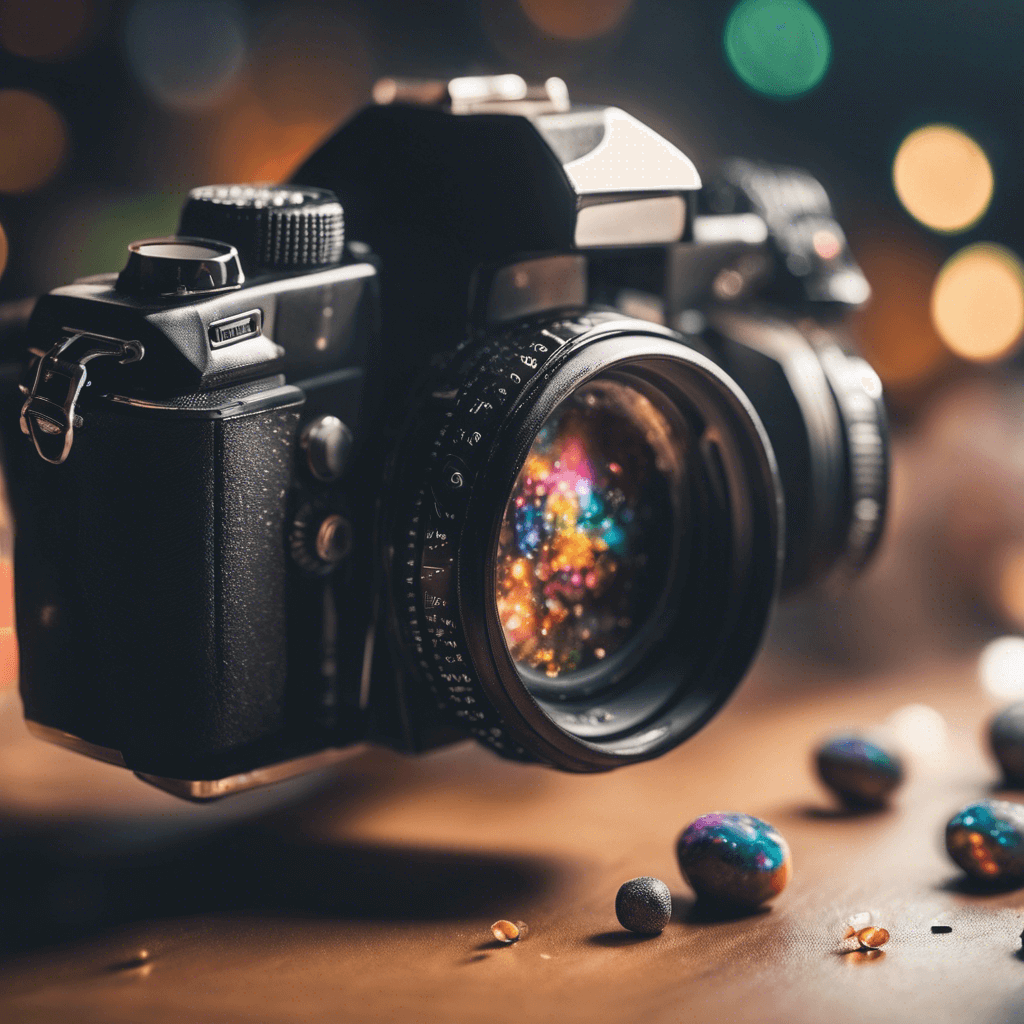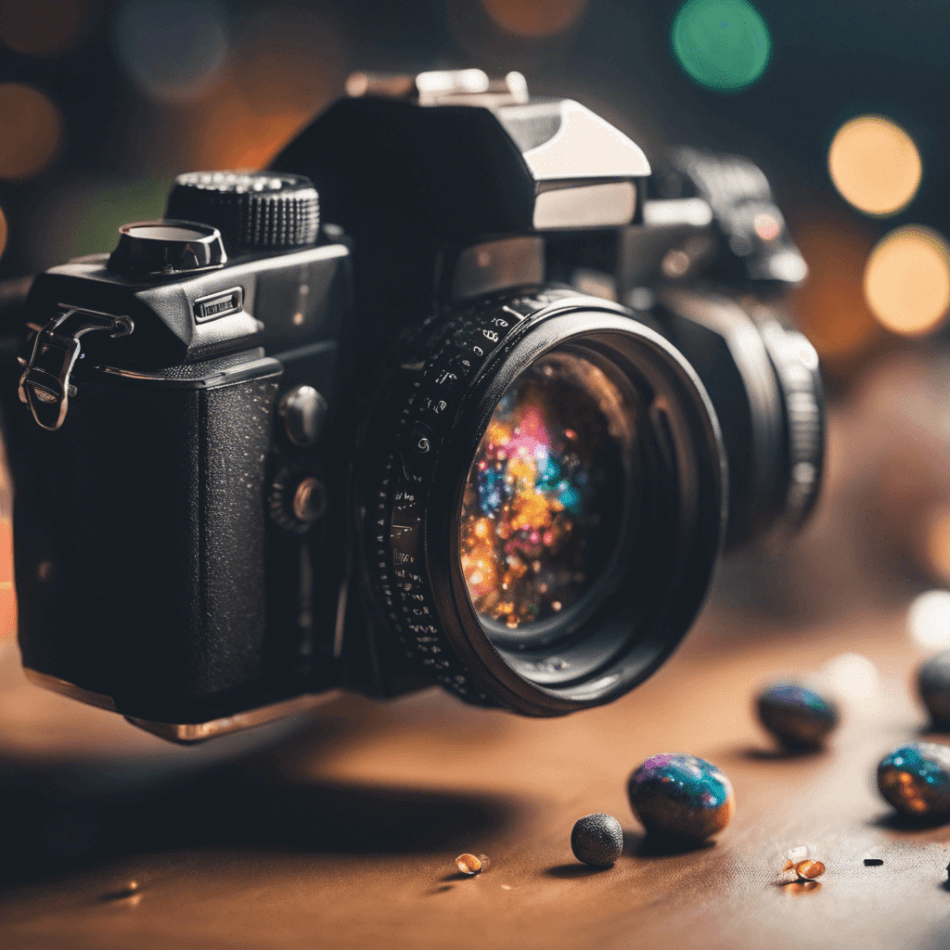Delve into the consequences, advantages, and disadvantages of art therapy and creativity for emotional well-being.
The Healing Power of Art: How Art Therapy Boosts Emotional Well-being
Art therapy is a form of therapy that utilizes the creative process of making art to improve and enhance emotional well-being. Art therapy and creativity for emotional well-being is a holistic approach that combines psychology and art to help individuals express themselves, explore their emotions, and find healing. This article will delve into the consequences, advantages, and disadvantages of art therapy and creativity for emotional well-being, and suggest who can benefit from this unique form of therapy.
Consequences of Emotional Distress
Emotional distress can have a profound impact on our overall well-being. It can lead to increased stress levels, anxiety, depression, and even physical health problems. When we suppress our emotions or struggle to find healthy outlets for them, they can manifest in destructive ways. Art therapy and creativity for emotional well-being provides a safe space for individuals to express and process their emotions, leading to positive outcomes.
Advantages of Art Therapy and Creativity for Emotional Well-being
1. Emotional Release: Art therapy allows individuals to release pent-up emotions in a non-verbal and non-threatening manner. Through the act of creating art, emotions can be expressed and explored without the need for words.
2. Self-Exploration: Engaging in art therapy and creativity for emotional well-being encourages self-reflection and introspection. The creative process can uncover hidden thoughts and feelings, providing individuals with a deeper understanding of themselves.
3. Stress Reduction: Creating art has been shown to reduce stress levels by promoting relaxation and mindfulness. The focus required during the artistic process helps individuals shift their attention away from their worries and concerns.
4. Enhanced Communication: For individuals who struggle with verbal communication, art therapy and creativity for emotional well-being offers an alternative means of expression. Art can serve as a visual language that communicates thoughts and emotions effectively.
5. Increased Self-Esteem: Engaging in art therapy can boost self-esteem and self-confidence. The act of creating something unique and meaningful can instill a sense of accomplishment and pride.
Disadvantages of Art Therapy and Creativity for Emotional Well-being
While Art therapy has numerous benefits, it is important to acknowledge potential disadvantages as well. These include:
1. Artistic Skill: Some individuals may feel intimidated by the artistic aspect of art therapy, fearing that their lack of artistic skill will hinder their ability to benefit from the therapy. However, art therapy is not about creating masterpieces but rather about the process of self-expression.
2. Vulnerability: Engaging in art therapy requires individuals to open up and explore their emotions. This vulnerability can be challenging for some, especially if they are not accustomed to sharing their feelings.
3. Emotional Intensity: Art therapy can bring forth intense emotions that individuals may not be prepared to confront. It is important for therapists to create a safe and supportive environment to guide individuals through these emotional experiences.
Who Can Benefit from Art Therapy?
Art therapy is a versatile form of therapy that can benefit individuals of all ages and backgrounds. It has been particularly effective in the following populations:
1. Children and Adolescents: Art therapy and creativity for emotional well-being provides a creative outlet for children and adolescents who may struggle with verbalizing their emotions. It allows them to express themselves in a non-threatening manner, promoting emotional well-being.
2. Individuals with Mental Health Conditions: Art therapy has been shown to be beneficial for individuals with various mental health conditions, including anxiety, depression, post-traumatic stress disorder (PTSD), and eating disorders. It can complement traditional talk therapy and medication.
3. Cancer Patients: Art therapy has been found to be helpful for cancer patients, providing them with a means to cope with the emotional and physical challenges of their illness. It can promote relaxation, reduce stress, and enhance overall well-being.
4. Seniors: Art therapy and creativity for emotional well-being can be particularly beneficial for seniors, as it provides a creative outlet and a means of self-expression. It can help alleviate feelings of loneliness, depression, and anxiety often experienced in older age.
In conclusion, art therapy is a powerful tool for promoting emotional well-being. It offers individuals a safe space to express themselves, explore their emotions, and find healing. While it may have its challenges, the benefits far outweigh the disadvantages. Art therapy is suitable for individuals of all ages and backgrounds, making it a versatile form of therapy that can be tailored to meet the unique needs of each individual. So why not pick up a paintbrush or a pencil and embark on a journey of self-discovery through art therapy?












